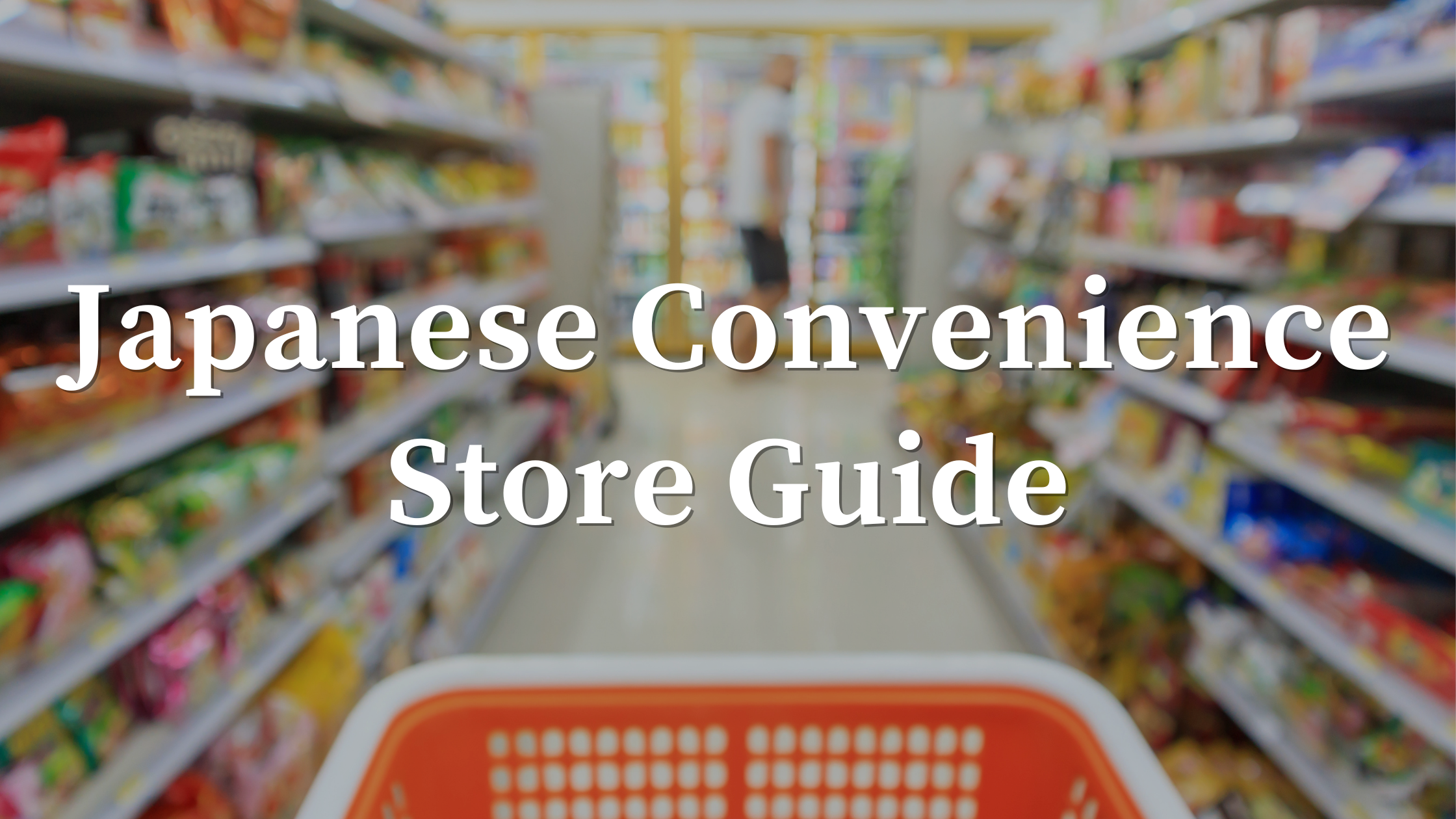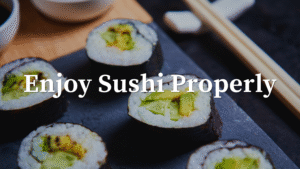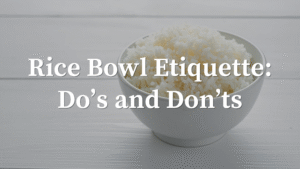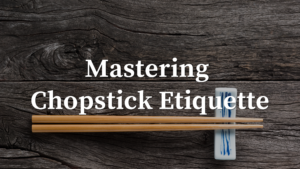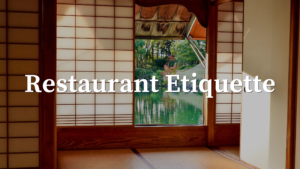Introduction
If you visit Japan, you’ll definitely step into a convenience store—called konbini (コンビニ) in Japanese at least once.
Open 24/7, spotlessly clean, and packed with an incredible variety of products, Japanese convenience stores often feel like “mini theme parks” for travelers.
But for locals, konbini are simply part of daily life.
By knowing a few simple rules of etiquette, you can shop with confidence and enjoy the experience even more.
Entering the Store
- Browsing magazines
Some people flip through magazines while standing, but staying too long without buying is not recommended. - Carrying bags
If you have a big backpack, it’s polite to hold it in front of you to avoid bumping into people.
Shopping Etiquette
- Don’t open items before paying
It’s fine to hold snacks or drinks while shopping, but opening them before you pay is considered bad manners. - Bento and ready-made meals
Popular items often sell out in the morning or around lunchtime. In the evening, you might find discounted stickers on meals.
Vegan-friendly options are limited, so it’s smart to check ingredients or ask staff.
Note: Bonito (fish stock) is not always listed on labels because it’s not considered an allergen in Japan.
At the Register
- Line up properly
Look for floor markings that show where to queue. - Money tray
Instead of handing cash directly, place it on the small tray by the register. - Do you need a bag?
Since 2020, plastic bags cost extra. If you don’t need one, simply say “Fukuro wa iranai desu” (I don’t need a bag). Bringing your own eco-bag is even better.
Payment Methods
Cash is still common, but most konbini also accept credit cards, IC transport cards (like Suica or PASMO), and QR code apps such as PayPay.
Note: Some foreign credit cards may not work, so keeping a little cash on hand is recommended.
Services You Can Use
- Microwave and hot water
Staff will ask if you want your bento heated. Hot water for instant noodles is usually self-service. - Copy and print
Useful if you need to print tickets or documents during your trip. - ATMs
Many ATMs accept foreign cards. - Parcel services
You can send packages or pick up online orders. - Restrooms
Often free to use, but it’s polite to buy something if you need the restroom.
Eating in the Store
Some konbini have small eat-in spaces. If you use them, avoid staying too long, speaking loudly, or eating food with a strong smell.
Late-Night Shopping
Convenience stores are open late, but keep your voice down to avoid disturbing neighbors.
Buying alcohol or cigarettes requires an age confirmation. You’ll just tap “Yes” on the screen—simple and quick.
Surprising Points for Travelers
- Oden
A popular winter dish, usually served by staff.
Note: The broth is almost always fish-based, so it’s not vegan-friendly. - Hot snacks
Fried chicken, croquettes, and even French fries are kept by the register.
Note: Fries may be cooked in the same oil as meat products, and some use chicken seasoning. - Parcel counter
Even small konbini can handle shipping services.
Vegan Traveler Tips
- Safer choices
- Onigiri with ume (plum), kombu (kelp), or sekihan (red bean rice).
Note: Depending on the store, even ume or kombu onigiri may contain a small amount of bonito (fish stock). - Salads (choose ones with dressing sold separately).
Note: Some pre-mixed salads include mayonnaise or fish-based dressing. - Soy milk, nuts, and fruit jelly.
- Onigiri with ume (plum), kombu (kelp), or sekihan (red bean rice).
- Watch out for
- Oden → The broth is almost always fish-based, even if the toppings look plant-based.
- Hot snacks → Fried items like French fries may be cooked in the same oil as meat products. Some even use chicken seasoning.
- Bread and pastries → Most contain butter, milk, or eggs, even if not obvious from the appearance.
- Rice balls (other flavors) → Many use hidden seasonings like bonito flakes or mixed dashi.
- Check the label carefully
Look out for these words:- dashi (だし / 出汁) → broth, often fish-based
- katsuo (かつお / 鰹) → bonito
- konbu dashi (昆布だし) → safe, kelp-based broth
Useful Phrases at the Konbini
At the Register
- Do you need a bag?
Fukuro wa irimasu ka? (袋はいりますか?)
→ Reply: Fukuro wa iranai desu. (I don’t need a bag.) - Do you want me to heat this up?
Atatame masu ka? (温めますか?)
→ Reply: Hai, onegaishimasu. (Yes, please.)
→ Or: Daijōbu desu. (No, thank you.) - Can I use a credit card?
Kādo tsukaemasu ka? (カード使えますか?)
Asking for Help
- Excuse me, where is the restroom?
Sumimasen, toire wa doko desu ka? (すみません、トイレはどこですか?) - Excuse me, where are the onigiri?
Sumimasen, onigiri wa doko desu ka? (すみません、おにぎりはどこですか?) - Do you have soy milk?
Tōnyū wa arimasu ka? (豆乳はありますか?)
Checking Ingredients
- Does this contain fish?
Kore wa sakana ga haitte imasu ka? (これは魚が入っていますか?) - Does this contain meat?
Kore wa niku ga haitte imasu ka? (これは肉が入っていますか?) - I can’t eat meat/fish/eggs/milk.
Watashi wa niku/sakana/tamago/gyūnyū wa taberaremasen.
(私は肉/魚/卵/牛乳は食べられません。)
Paying
- Can I pay with Suica?
Suica de haratte mo ii desu ka? (Suicaで払ってもいいですか?) - Can I pay with cash?
Genkin de ii desu ka? (現金でいいですか?)
After Shopping
- Thank you!
Arigatō gozaimasu! (ありがとうございます!)
Conclusion
Japanese convenience stores are more than just a place to grab food—they’re a part of everyday culture.
By following these small etiquette tips, you’ll not only shop smoothly but also enjoy a little piece of Japanese daily life.

